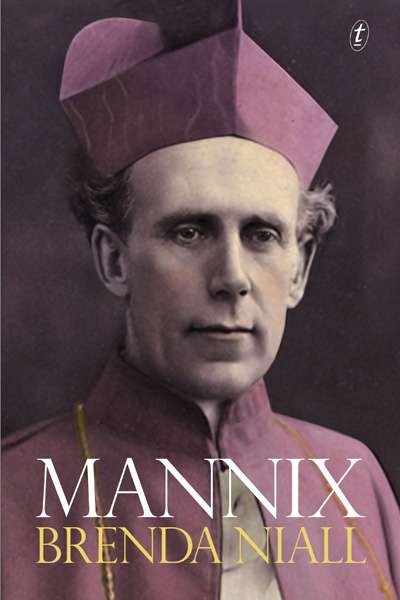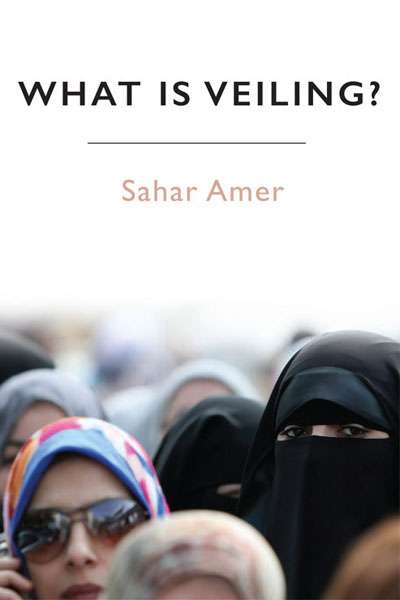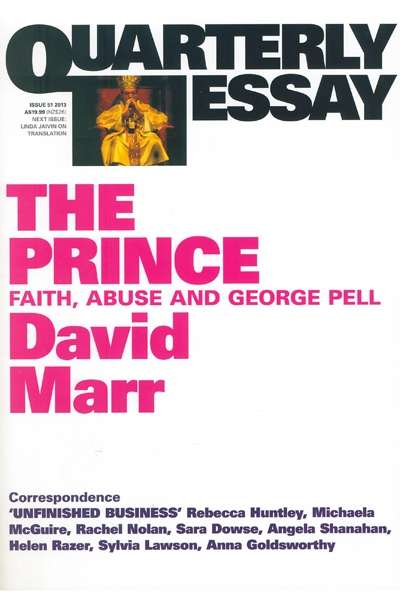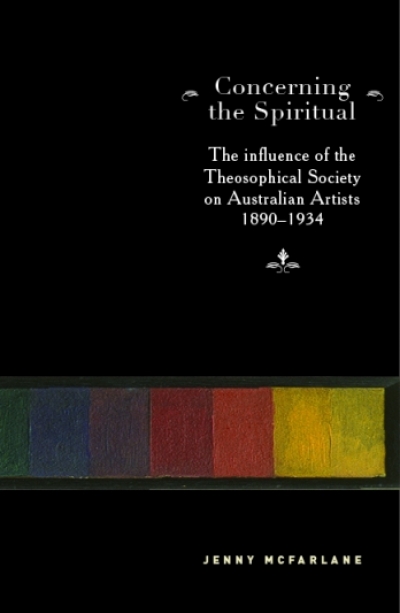Religion
With her long-awaited life of Archbishop Daniel Mannix, Brenda Niall, one of Australia’s leading biographers, has conquered a subject that for decades she regarded as compelling yet ‘intractable’. ‘As a presence (I wouldn’t claim such a remote and magisterial being as a neighbour) Daniel Mannix was part of my childhood,’ Niall recalls. She grew up in the ...
As a child growing up Catholic in the late 1960s, I wore a black lacy veil over my hair to church every Sunday. After losing my religion sometime in my mid-teens, I had forgotten about this veil wearing until I found myself arguing with far too many people about the ‘burqa ban’. The general vitriol, together with the presumptions many people hold about Muslim women in particular, and Islam more generally, make me wonder how veiling has generated such significance in everyday life, national policy, and foreign affairs.
... (read more)What a scandal! The Blessed Virgin sprawled on a bed in the half-dark, dead as a doornail, belly swollen, bare legs sticking out for all the world to see. What could Caravaggio have been thinking of?
... (read more)The Prince: Faith, Abuse and George Pell (Quarterly Essay 51) by David Marr
Church leaders have rarely become national public figures, let alone objects of political contention, in Australia. Since Federation, the number who could be so described can be counted on fewer than the fingers of one hand. There is Ernest Burgmann, the Anglican prelate who earned the sobriquet ‘the red bishop’ for his espousal of left-wing causes during the Depression. Much better known is Daniel Mannix, the long-serving Catholic Archbishop of Melbourne, whose interventions in controversies ranging from conscription campaigns during World War I to Cold War agitation over communist influence in the Labor movement implicated him in two of the ALP’s great splits. And now there is George Pell, Catholic Archbishop of Sydney, a cardinal and a man who is capable, as Mannix was, of arousing both hero worship and intense fear and loathing.
... (read more)Garry Wills is a distinguished American historian whose writings over the past twenty years or so on the frailties of the Catholic Church, notably in such books as Papal Sin: Structures of Deceit (2000) and Why I Am a Catholic (2002), have provided stinging critiques of the institution to which he still steadfastly belongs. His new book, Why Priests? A Failed Tradition, continues the theme by rejecting the validity of the very idea of the Catholic priesthood. And if this is not sufficiently radical, Wills’s subversion of the priesthood also involves a critique of the doctrine of the Real Presenceof Christ in the Eucharist, the status of the sacraments, of mainstream accounts of the Atonement, and of the standing of Paul’s Epistle to the Hebrews.
... (read more)Unholy Trinity: The Hunt for the Paedophile Priest Monsignor John Day by Denis Ryan and Peter Hoysted
Many people have heard of Gerald Ridsdale, defrocked Catholic priest of the diocese of Ballarat and a notorious convicted paedophile. But comparatively few people have heard of Ridsdale’s contemporary John Day. A priest in the same diocese, he too preyed upon many hundreds of children who came under his pastoral care. Ridsdale, who for a time served as Day’s curate in Sacred Heart parish, Mildura, is in prison; Day, however, officially remained a priest in good standing until his death in 1978 at the age of seventy-four. He was only temporarily removed from active ministry and never faced court for his crimes. This was not because they were never investigated, but because church and state colluded to suppress public knowledge of them.
... (read more)Soldier of Christ: The Life of Pope Pius XII by Robert A. Ventresca
Not the least portent of change in the Catholic Church since the Argentine Jesuit Jorge Bergoglio was elected as Pope Francis earlier this year has been mounting speculation that the new pontiff will disclose all documents in the Vatican archives concerning the most controversial of his twentieth-century predecessors, Eugenio Pacelli, who reigned as Pius XII from 1939 to 1958.
... (read more)Davis McCaughey: A Life by Sarah Martin
State governors hold a curious role across Australia, one that will be called into question when – one of these fine days, but none too soon – our nation becomes a republic. There will be lots of fine-tuning to be done before that, from the roles of Her Majesty’s representatives here all the way down to Royal Park, Royal Melbourne Golf Club, and the RACV. But this book is the biography of a state governor, one who was also an influential minister of religion, among other things. Above all, he was Master of Ormond College, at Melbourne University.
... (read more)Concerning the Spiritual: The influence of the Theosophical Society on Australian Artists 1890–1934 by Jenny McFarlane
Jenny McFarlane, in this fascinating study of Theosophical influences upon Australian artists, attempts a ‘cross-cultural and interdisciplinary interrogation of modernity’. Rather than viewing modernism in the arts as the progression of a series of ‘isms’, leading by a linear narrative to abstraction, she presents a picture of multiple, interweaving modernisms. Her period of interest extends from the 1890s, when prominent Australians such as Alfred Deakin and Henry Parkes were enthralled by Annie Besant’s Australian lectures, through the early twentieth century, when many artists officially joined the Theosophical Society, to the Society’s decline after the death of C.W. Leadbeater in 1934. By focusing on the way Theosophy encouraged artists to probe the nature of the visible and invisible, McFarlane gives an account of Australian modernism that is ‘gendered, decentralised and alternative’.
... (read more)










